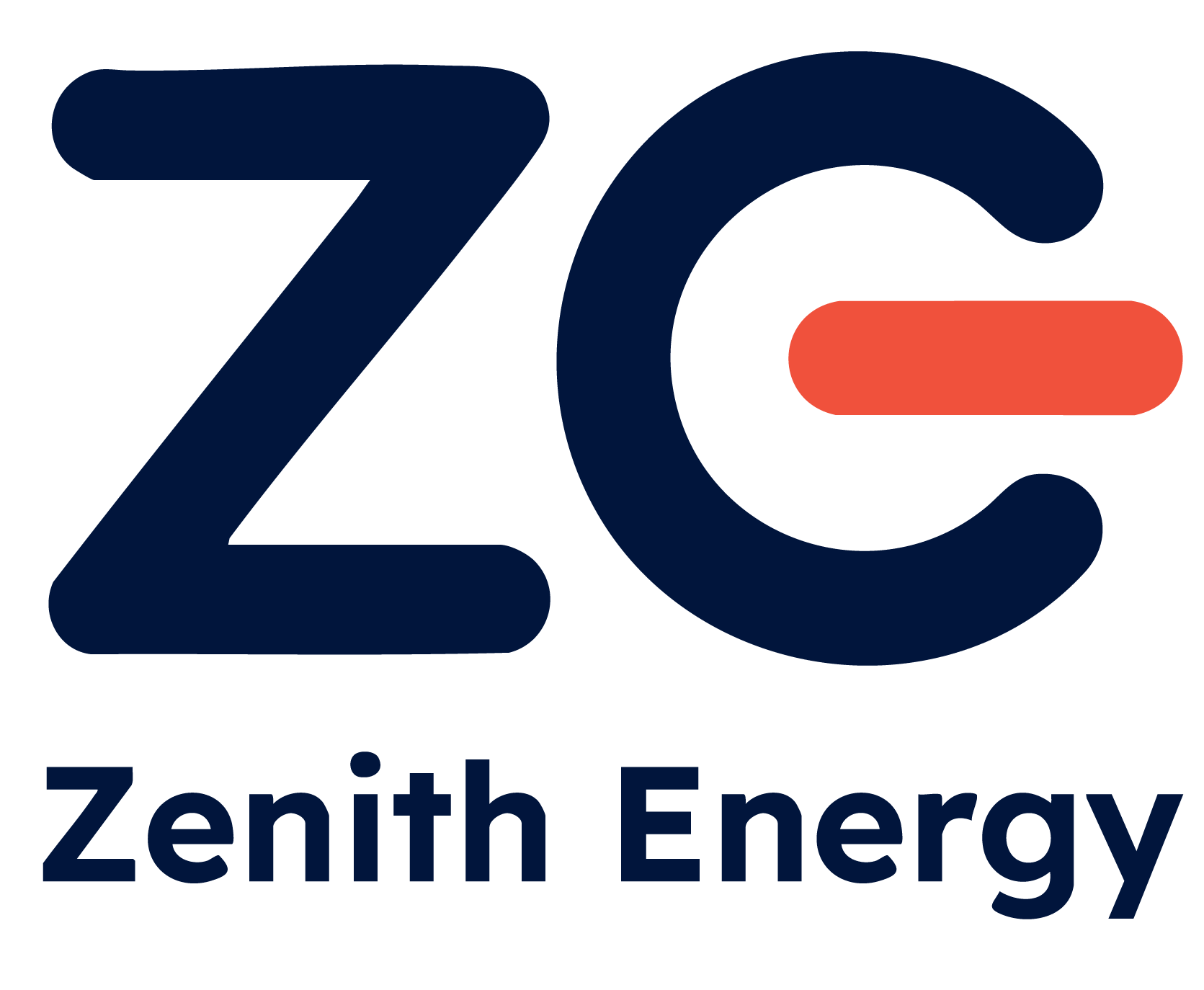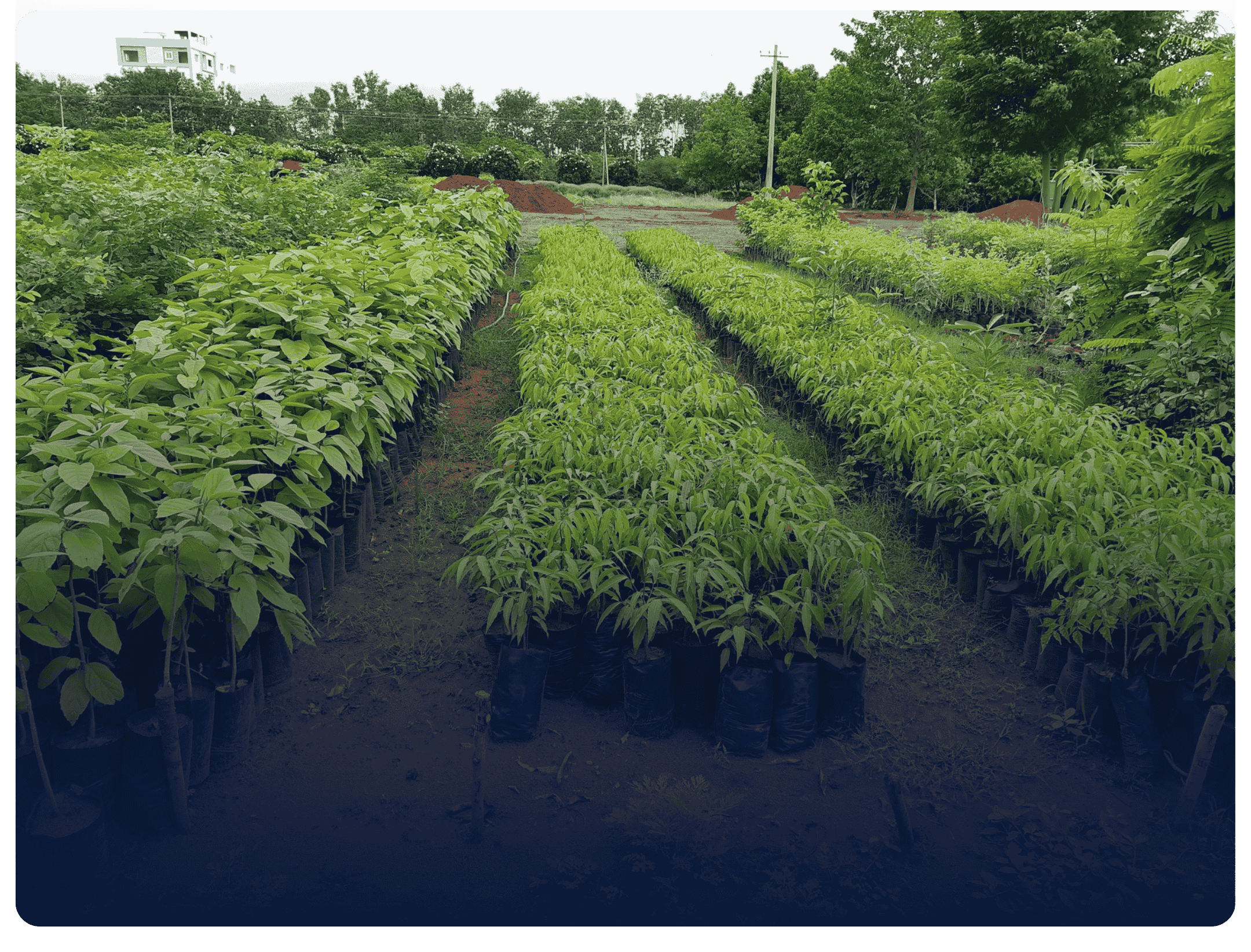Facilitating action for your
carbon footprint
Why Calculate Your Carbon Footprint?
Understand Environmental Impact
Identify key areas of Carbon emissions.
Meet Sustainability Goals
Align with global decarbonization initiatives, like net-zero targets.
Regulatory Compliance
Meet local and international environmental standards.
Cost Savings
Identify inefficiencies and optimize resource use.
Brand Leadership
Demonstrate commitment to sustainability to customers and stakeholders.
ZE mitigation Strategies
Energy Efficiency
Upgrade to energy-saving devices: Replace traditional light bulbs with LED lights, use energy-efficient appliances with ENERGY STAR ratings, and install programmable thermostats to reduce energy waste.
Optimize operations: In industries, use automated systems to monitor energy use and eliminate idle equipment or processes. Conduct energy audits to identify inefficiencies.
Solar energy: Install solar panels on homes, offices, or industrial sites to generate clean electricity.
Wind energy: Companies can invest in wind turbines or purchase renewable energy credits (RECs) tied to wind farms.
Geothermal energy: Use geothermal heat pumps for heating and cooling buildings, especially in colder climates.
Public transit: Encourage employees to use subways, buses, or trains to commute.
Carpooling: Offer carpool incentives to employees, like priority parking for carpool vehicles.
Electric vehicles (EVs): Transition company fleets to EVs or provide EV charging stations to customers and employees.
Recycling: Set up proper bins for separating paper, plastics, and metals in offices and communities. Partner with local recycling companies to manage these materials.
Composting: Implement composting for food scraps and yard waste to reduce landfill-bound organic waste and create nutrient-rich soil.
Waste management practices: Reduce packaging, implement refill programs, or adopt circular economy models like using reusable materials for products.
Eco-friendly suppliers: Choose suppliers that use renewable energy or produce goods with lower environmental impact. For example, sourcing recycled aluminum or FSC-certified wood.
Low-carbon materials: Switch from traditional materials to options like bioplastics, bamboo,or recycled fibers for production.
Optimized logistics: Use AI-based route optimization to reduce fuel consumption in shipping.
Set Boundaries
Define what emissions to measure (Scope 1, 2, or 3) and establish organizational limits.
Gather Data
Collect information on energy consumption, travel, waste generation, and raw materials usage.
Apply Emission Factors
Convert activity data into CO₂e using globally recognized emission factors & Global warming potentials.
Analyze Results
Highlight emission hotspots and prioritize reduction opportunities.
Report Findings
Present data transparently following standards like the Greenhouse Gas Protocol, PAS2050 ISO 14064.

- Energy Efficiency: Upgrade to energy-saving devices and optimize operations, this
- Renewable Energy: Transition to solar, wind, or geothermal sources.
- Sustainable Transportation: Encourage public transit, carpooling, or electric vehicles.
- Waste Reduction: Promote recycling, composting, and better waste management practices.
- Sustainable Supply Chains: Collaborate with eco-friendly suppliers and use low-carbon materials.






